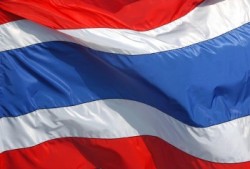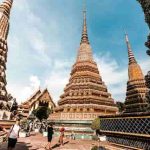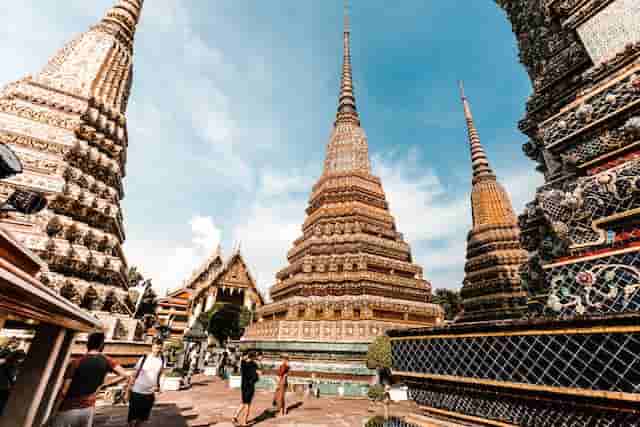Mukdahan holds the distinction of being Thailand’s 73rd province, with a history stretching back over 200 years to the Ayutthaya period. Throughout its history, Mukdahan has been home to diverse communities, including Laotians and Thais alike. Surprisingly, many tourists are unaware of Mukdahan’s potential as a tourism destination, but it’s actually quite suitable for it.
Mukdahan
Spanning over 4,339.83 square kilometers, Mukdahan boasts numerous beautiful cultural attractions amidst its natural wonders. Getting here is also quite straightforward.
The primary mode of travel is by car, with the distance from Bangkok approximately 642 kilometers. Alternatively, you can opt for a bus from the Bangkok Bus Terminal at Chatuchak or Mo Chit 2. For those seeking speed, flying would undoubtedly be the quickest choice, with tickets available from Nok Air. Safe travels! However, there’s no train service yet. So, after taking the train from Bangkok to Khon Kaen and spending a few days there, I took a minivan to Mukdahan. Likewise see the Thai Immigration in Mukdahan on here as well.
I chose a hotel near the river and found myself conveniently close to the Indochina Market. Situated in the Mekong valley, the province is bordered by the Phu Phan mountains in the west, covered with thick forests, which make up 33 percent of the provincial area, totaling 1,362 km2 (526 sq mi). Mukdahan, known as the pearl on the bank of the Mekong, has been a historical gateway to Indochinese countries. The province’s population reflects this history, with eight different ethnic minorities residing here, including Thai Isan, Phu Thai, Thai Kha, Kraso, Thai Kaloeng, Thai Yo, Thai Saek, and Thai Kula. Mukdahan is renowned for its abundant natural beauty and high-quality Mudmee silk.
Visitors to Mukdahan should not miss attractions such as the towering Ho Kaeo Tower, the scenic Phu Pha Thoep and Kaeng Kabao, the Eight Ethnic Minorities, the Famous Sweet Tamarind, the Large Ancient Kettledrum, the Origin of Lam Phaya, the stunning view of the Mekong River, and the gateway to Indochina.
Lastly also see the Thai Immigration in Khon Kaen as well as the provinces of Loei as well as Kanchanaburi and Trang.



